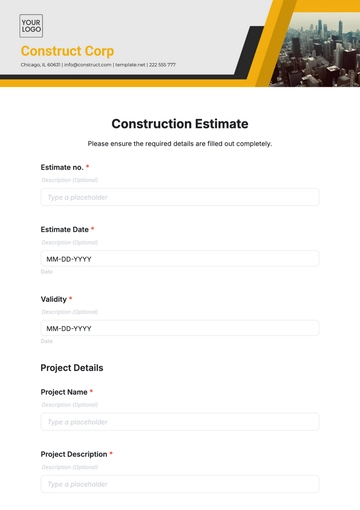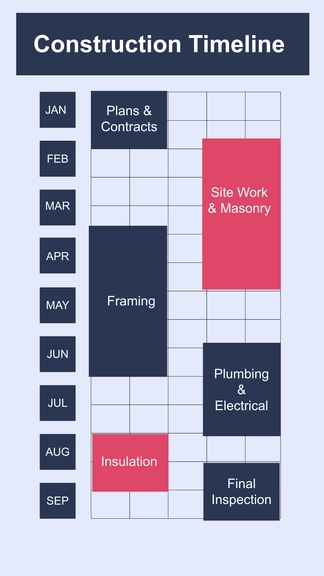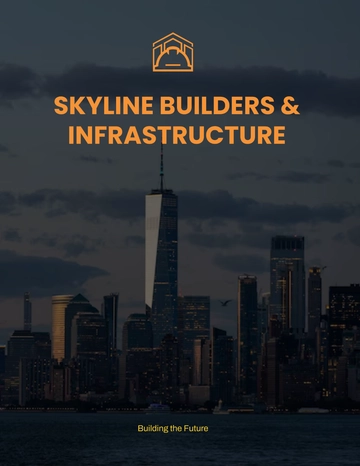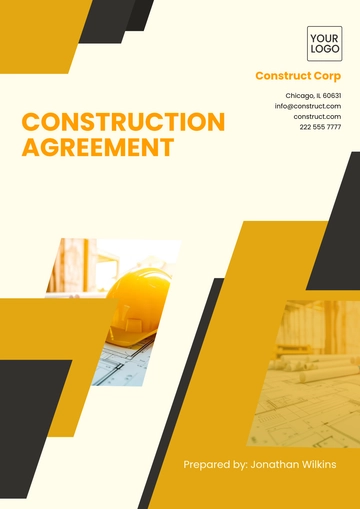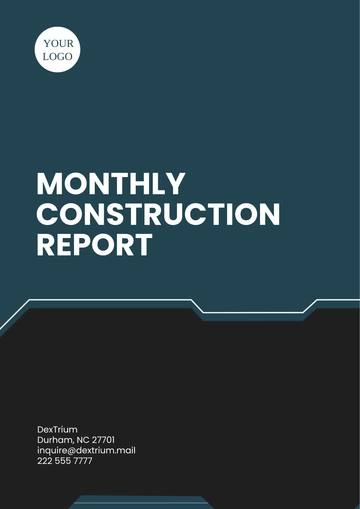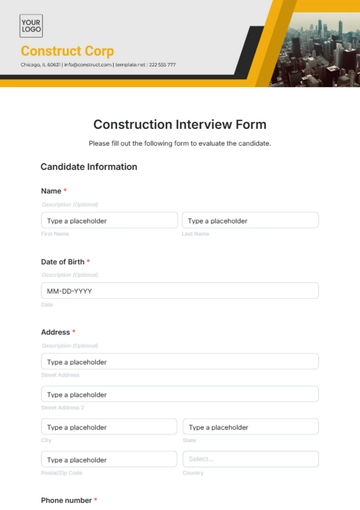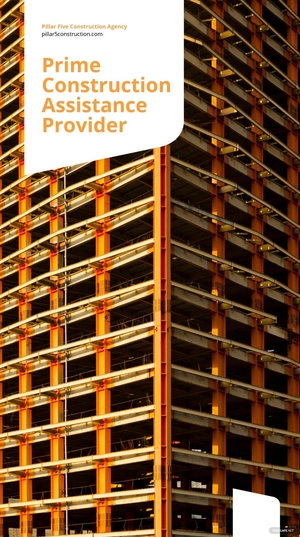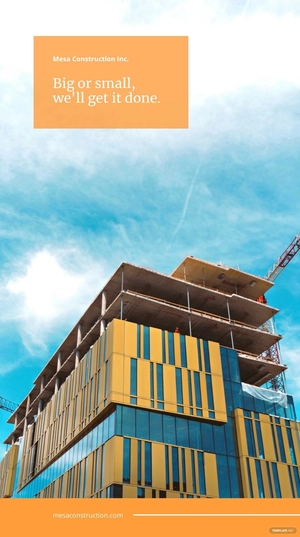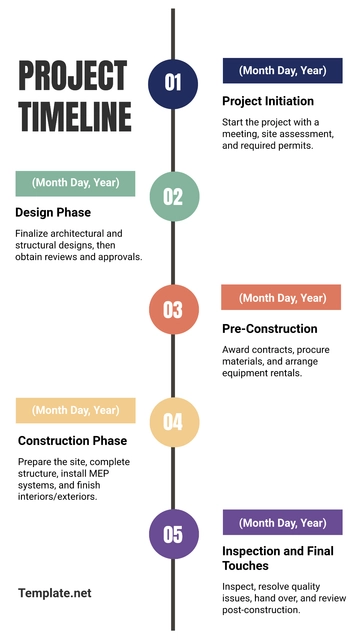Free Green Building Requirements

Prepared by: [Your Name]
Date: [Date]
1. Introduction
Green building requirements encompass a wide range of standards and practices aimed at promoting sustainability and environmental responsibility in the construction and operation of buildings. These requirements are designed to reduce the environmental impact of buildings, enhance energy efficiency, improve indoor environmental quality, and utilize sustainable materials. The following document provides a comprehensive overview of green building requirements, including guidelines, best practices, and evaluation criteria.
2. Site Selection and Development
2.1. Site Selection
A. Environmental Impact Assessment
Conduct a thorough environmental impact assessment (EIA) to identify potential effects on local ecosystems.
Avoid sites with high ecological value, such as wetlands, forests, and habitats for endangered species.
B. Location and Transportation
Choose sites with access to public transportation to reduce reliance on automobiles.
Encourage alternative transportation options such as biking and walking by providing bike racks and pedestrian pathways.
2.2. Site Development
A. Land Use
Minimize land disturbance and preserve existing vegetation.
Implement strategies to protect soil during construction, such as silt fences and erosion control measures.
B. Stormwater Management
Design and implement stormwater management systems to reduce runoff and improve water quality.
Use green roofs, permeable pavements, and rain gardens to manage stormwater on-site.
3. Energy Efficiency
3.1. Building Design
Orientation and Layout
Orient buildings to maximize natural light and passive solar heating.
Use building layout to promote natural ventilation and reduce the need for mechanical cooling.
3.2. Systems and Equipment
A. Heating, Ventilation, and Air Conditioning (HVAC)
Install high-efficiency HVAC systems with programmable thermostats and zoning capabilities.
Utilize energy recovery ventilation systems to improve indoor air quality and reduce energy consumption.
B. Lighting
Implement energy-efficient lighting solutions such as LED bulbs and automatic lighting controls.
Maximize the use of natural light through strategic window placement and skylights.
3.3. Renewable Energy
A. Solar Energy
Incorporate solar panels to generate renewable energy on-site.
Design roofs and facades to accommodate photovoltaic systems.
B. Wind Energy
Evaluate the feasibility of wind turbines based on site-specific wind conditions.
Ensure that wind energy systems do not adversely impact local wildlife or community aesthetics.
4. Water Efficiency
4.1. Indoor Water Use
Fixtures and Fittings
Install low-flow toilets, faucets, and showerheads to reduce water consumption.
Use water-efficient appliances, such as washing machines and dishwashers with high-efficiency ratings.
4.2. Outdoor Water Use
A. Landscaping
Implement xeriscaping techniques to reduce the need for irrigation.
Use native and drought-tolerant plants that require minimal water.
B. Irrigation Systems
Install smart irrigation systems that adjust watering schedules based on weather conditions.
Use drip irrigation to minimize water loss through evaporation and runoff.
5. Material Selection and Waste Management
5.1. Sustainable Materials
A. Recycled Content
Use materials with high recycled content to reduce the demand for virgin resources.
Prioritize products certified by reputable environmental standards organizations.
B. Local and Regional Materials
Source materials locally to reduce transportation emissions and support local economies.
Use materials that are abundant and sustainably harvested.
5.2. Waste Management
A. Construction Waste
Implement a construction waste management plan to reduce, reuse, and recycle materials.
Track and report waste diversion rates to ensure compliance with sustainability goals.
B. Operational Waste
Provide facilities for recycling and composting to reduce the amount of waste sent to landfills.
Educate building occupants about waste reduction and proper recycling practices.
6. Indoor Environmental Quality
6.1. Air Quality
A. Ventilation
Ensure adequate ventilation to provide fresh air and remove indoor pollutants.
Low-emitting materials such as volatile organic compounds (VOCs) are used to reduce indoor air contaminants.
B. Monitoring and Control
Install air quality monitoring systems to track indoor pollutant levels.
Use automated controls to maintain optimal indoor air quality.
6.2. Thermal Comfort
A. Temperature Control
Provide individual temperature controls to accommodate occupant preferences.
Use high-performance insulation and windows to maintain consistent indoor temperatures.
B. Humidity Control
Maintain indoor humidity levels within a comfortable range (30-60%).
Use dehumidifiers and humidifiers as needed to achieve optimal humidity levels.
7. Maintenance and Operations
7.1. Preventive Maintenance
A. Routine Inspections
Schedule regular inspections of building systems, including HVAC, plumbing, and electrical systems.
Address any issues promptly to prevent major failures and extend the lifespan of equipment.
B. Energy Efficiency Audits
Conduct periodic energy audits to identify opportunities for improving energy efficiency.
Implement recommended upgrades or modifications to optimize energy use.
7.2. Operational Practices
A. Training and Education
Provide training for building staff on green building operations and maintenance procedures.
Educate occupants on sustainable practices such as energy conservation and waste reduction.
B. Performance Monitoring
Building management systems (BMS) are used to monitor energy and water usage.
Track performance metrics to ensure that sustainability goals are being met and identify areas for improvement.
8. Compliance and Certification
8.1. Green Building Standards
A. LEED Certification
Achieve LEED (Leadership in Energy and Environmental Design) certification by meeting the required credits in categories such as sustainable sites, water efficiency, energy and atmosphere, and materials and resources.
B. BREEAM Certification
Obtain BREEAM (Building Research Establishment Environmental Assessment Method) certification by fulfilling the criteria related to energy performance, water use, and environmental impact.
8.2. Regulatory Compliance
A. Local Codes and Regulations
Ensure compliance with local building codes and regulations related to sustainability and environmental impact.
Stay updated with changes in regulations and incorporate any new requirements into building practices.
B. Environmental Reporting
Prepare and submit environmental reports as required by local authorities or certification bodies.
Maintain documentation of compliance with green building standards and regulations.
9. Conclusion
Adhering to green building requirements is essential for promoting sustainability, reducing environmental impact, and enhancing the health and well-being of building occupants. By implementing the guidelines and best practices outlined in this document, stakeholders can contribute to a more sustainable and resilient built environment.
- 100% Customizable, free editor
- Access 1 Million+ Templates, photo’s & graphics
- Download or share as a template
- Click and replace photos, graphics, text, backgrounds
- Resize, crop, AI write & more
- Access advanced editor
Streamline your green building projects with Template.net's Green Building Requirements Template. Fully customizable and editable, this template simplifies your workflow. Editable in our AI Editor Tool, it offers a seamless user experience for creating professional and precise documents tailored to your project's specific needs. Save time and ensure compliance with ease.
You may also like
- Construction Bid Proposal
- Construction Business Card
- Construction Business Plan
- Construction Certificate
- Flyers Construction
- Construction ID Card
- Construction Letter
- Construction Letterhead
- Construction Poster
- Construction Presentation
- Construction Profile
- Construction Checklist
- Construction Quotation
- Construction Receipt
- Construction Report
- Construction Sign
- Construction Plan
- Construction Logo
- Construction Agreement
- Construction Form
- Construction Brochure
- Construction Contract
- Construction Proposal
- Construction Sheet
- Construction Budget
- Construction Schedule
- Construction Meeting Minute
- Construction Banner
- Construction Estimate
- Construction Policy
- Construction Invoice
- Construction Request for Quotation (RFQ)






